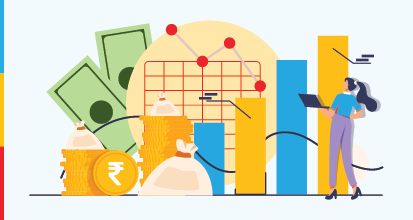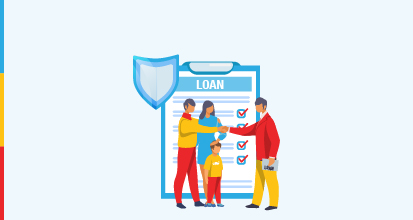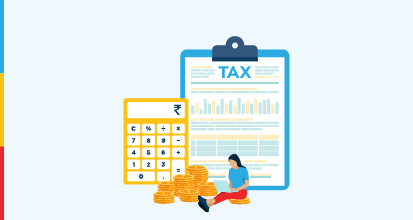Best Long-Term Investments for Beating Inflation
Invest in avenues that will beat inflation and help you generate wealth. ELSS and ULIPs are proven to give inflation-beating returns over a 3–5-year period:
i. Equity Linked Savings Scheme (ELSS):
In ELSS, you calculate the compound interest using the formula for Compounded Annual Growth Rate (CAGR). For example, if you invested in an ELSS with a Net Asset Value (NAV) of Rs 50 and the NAV becomes Rs 100 in 5 years, the CAGR = {[(100/50)^(1/5)]-1}*100 = 14.87%
Other features of ELSS which make it useful for beating inflation in the long run are:
- Invests primarily in equity stocks
- Investments are tax-deductible
- Long-term gains are tax-free up to Rs 1 lakh in the year of withdrawal
- Has a short lock-in period of just three years
- You can invest and withdraw systematically
- No maximum limit of investment
ii. Unit Linked Insurance Plans (ULIPs):
ULIPs also work on the principle of CAGR. In ULIPs with annual premium payments, the premium is added to the previous fund.
ULIP investments offer more flexibility and options to you as a diversified investment. Here are the features of ULIP plans you should consider:
- Invest in a mix of equity and debt funds
- Use automated strategies for managing your asset mix as per market
- Added bonuses for long-term investors
- Switch from equity to debt or debt to equity anytime without a tax liability
- Tax-free partial withdrawals are available after five years of investment
- Invest up to the age of 99 with Invest 4G ULIP from Canara HSBC Life Insurance
- You can build a large corpus and have a tax-free pension after 60 with a single plan
- No maximum limit for investment, however, the tax-exempt status applies only for investments up to Rs 2.5 lakh per annum
Learn the difference between ELSS and ULIP.












